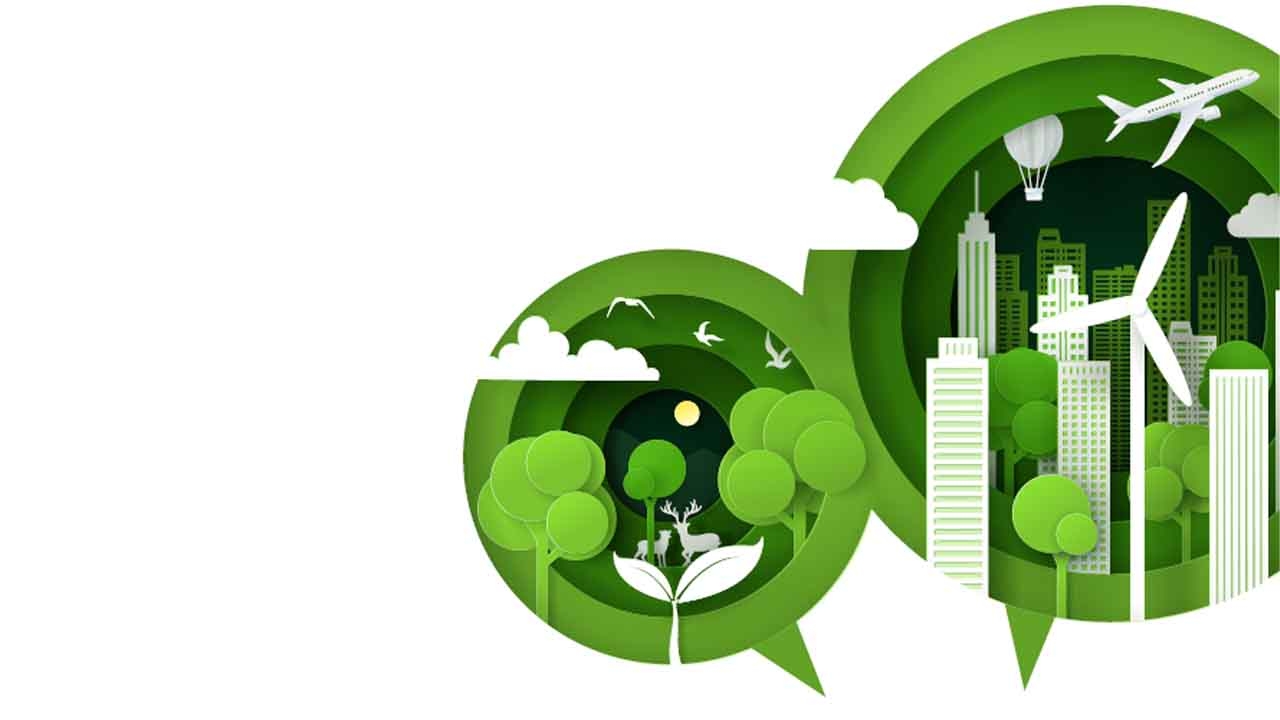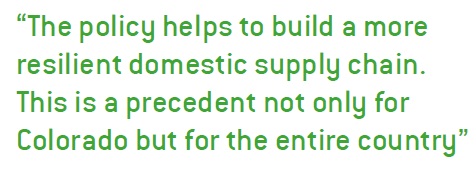Extended producer responsibility explored in Colorado
TLMI invited Colorado’s EPR leader to speak to its members about landmark legislation being implemented in the state that could impact the wider US label industry

This year, TLMI’s annual meeting took place in Colorado
Springs at the Broadmoor Resort. Nearly 500 people gathered to network, learn, socialize and get updates on important issues impacting the label and packaging industry.
Being in Colorado was special for so many reasons, but one
that was particularly interesting to me is that Colorado is the first state in the US to adopt extended producer responsibility (EPR). It seemed only fitting to invite the state’s EPR leader, Darla Arians, to address TLMI members and help us understand EPR and prepare for what brands and retailers may start asking for.
We learned a lot from Arians’ excellent presentation. EPR shifts the responsibility of recycling upstream to the producer and away from municipalities. It often includes incentives for producers to take into consideration the weight and recyclability of their packaging when designing their products.

Colorado’s landmark EPR program is designed to increase recycling and make recycling programs consistent and more convenient across the state. (With over 9,000 different recycling programs in the US, it’s no wonder we’re all confused). With cost being the biggest hurdle for current recycling systems, the state’s recycling programs will now be funded by the producers’ annual dues, rather than municipalities and taxpayers. Eco-modulation is also included in Colorado’s EPR program. This is the concept that the cost to producers will be modulated downward if they design their packaging to be recyclable.
With these financial incentives for companies to reduce unnecessary packaging and move toward using more reusable and recyclable packaging, the policy helps to build a more resilient domestic supply chain. This is a precedent not only for Colorado but for the entire country.
With greenhouse gases (GHGs) such an important issue,
increasing recycling and using recycled content in products can cut 75 to 80 percent of the energy required to manufacture new materials like plastic, aluminum and glass. This is equivalent to taking 1.8 million cars off the road each year. Our daily use packaging materials are created from materials that have to be mined, go through numerous upstream industrial processes, then have to be transported long distances; often across the globe. Using recycled content eliminates all this upstream energy and the resulting GHGs.
Companies that are now focused on circularity rather than a linear take-make-waste system need this increase in
recycled‑content supply. While there is no silver bullet fix, EPR has the potential to increase the availability of this transition.
A few of the key milestones that Colorado’s EPR program has underway are the following:
1. In September 2023, an independent third party was hired
to conduct a needs assessment of all the state’s recycling
services and recycling needs. The report is due to the advisory board by 2024.
2. In 2025:
a. Convenience standards, state-wide recycling, collection and post-consumer recycled content rates will be decided
b. The funding mechanism through collecting producer responsibility dues will be established, including covering the organization’s costs in implementing the program and the costs of overseeing the program.
c. A formula to reimburse 100 percent of the net recycling
service costs of public and private recycling service providers will be established.
d. A list of covered materials will be established that providers must collect to be eligible for reimbursement
under the program.
While EPR legislation is considered an environmental policy, it’s also a business policy.
Producers will become responsible for their packaging when it becomes waste. The eco-modulation incentive will no doubt lead to light weighting packaging to reduce fees and, in doing so, reduce material costs, and increase the success of many sustainability programs.
I hope that not only will EPR data be tracked on the increase in recycling rates, but also on how much GHGs been reduced through
the program.
Stay up to date
Subscribe to the free Label News newsletter and receive the latest content every week. We'll never share your email address.


